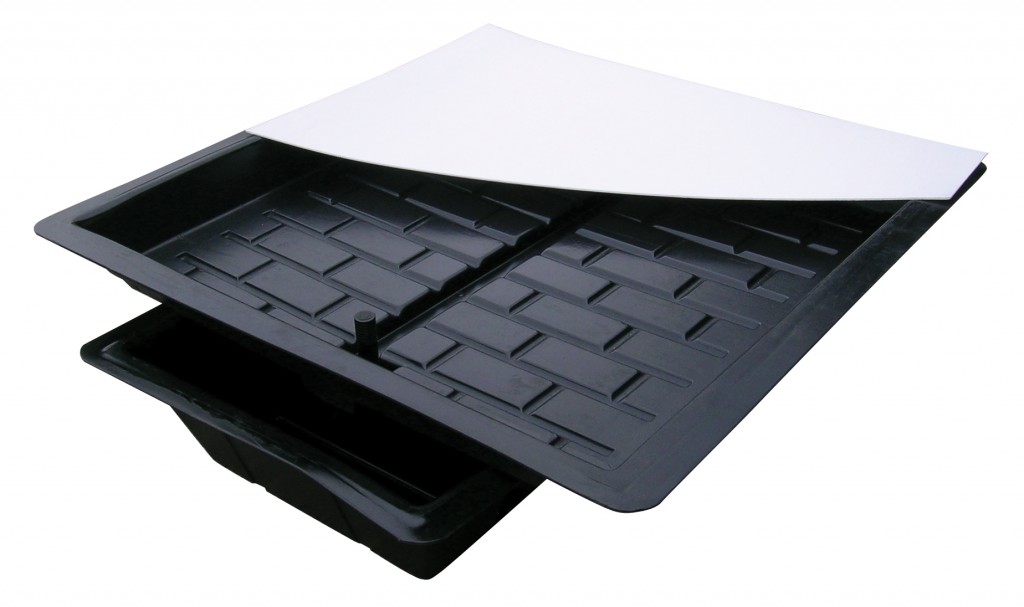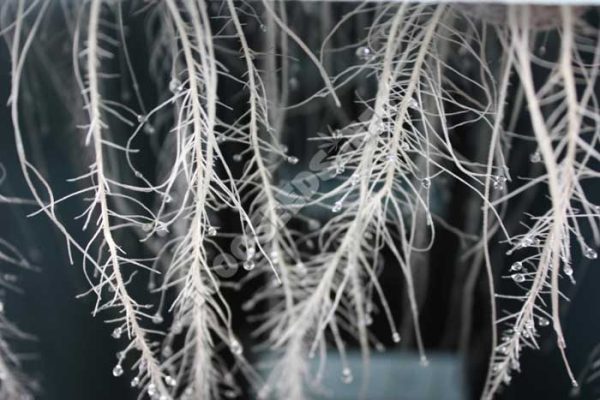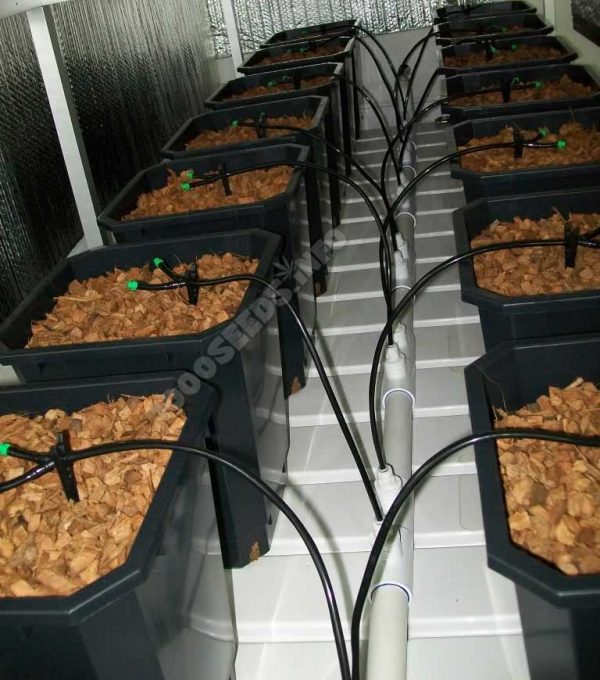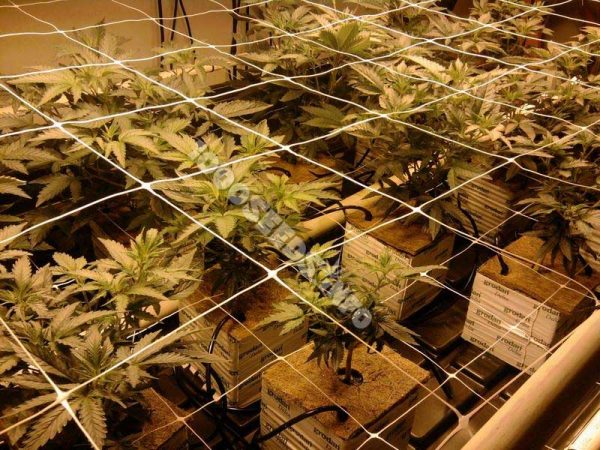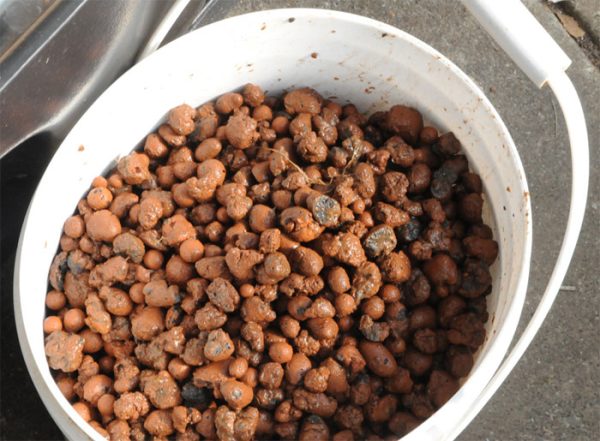Hydroponics, aeroponics, aquaponics - Part 6: Ebb and flow

In the next parts of the hydroponics series I will go into the different hydro systems. Today I would like to start with the ebb and flow system.
Floodand drain is the simplest and most reliable type of hydroponics. It is also quite inexpensive to purchase. With the flood and drain method, the plants stand in pots with hydrocorrels, coco or in rockwool cubes in a large watertight tub on legs, the so-called flood and drain table. The medium anchors the roots and is a depot of nutrient solution for the plants for some time because, as the name of the system suggests, the roots are only temporarily flooded with nutrient solution and the water always drains away completely afterwards.
![]()
The ebb and flow technique, like any hydroponic system, relies on the use of fertilised and oxygen-rich water to provide nutrients and oxygen to the roots of the plants. In doing so, most hydroponic methods have to rely on a lot of technology for water cooling and oxygenation. The ebb and flow technique, on the other hand, takes advantage of the fact that the nutrient solution is not in constant contact with the roots. This means that it does not need to be cooled or oxygenated. Ebb and flow therefore consumes much less electricity than other hydroponic systems. Furthermore, the system gets by with only one hose and one pump. The pump delivers the nutrient solution into the planting table until the roots are in the water (this is normally done with a timer), then the water runs back through the same hose into the tank under the table. The plants should be flooded 3x-6x daily. The ideal number of floodings and the amount of water must be determined individually by trial and error and close observation. Since it is almost irrelevant how fast the water is pumped into the table, a small pump with a low delivery rate is usually sufficient. On the one hand, this makes the grow quieter, and on the other, it is easy on the wallet. The high-pressure pumps used in aeroponics easily consume 5 times as much per day.
Since ebb and flow systems have a tendency to develop germs and diseases due to contamination and root remains, meticulous cleanliness must be ensured. Root remains and dead root material must be removed immediately. After each grow, the system must also be flushed with chlorine or hydrogen peroxide solution; this kills germs, if present. Another problem with ebb and flow tables is that the roots of the individual plants often grow together. This means that diseases are easily transmitted and harvesting individual plants is also very difficult.
As with any hydroponic system, the pH and EC values must also be regularly checked and regulated if necessary when growing with ebb and flow systems. Ebb-flood tables offer an inexpensive and relatively simple introduction to the world of hydroponics with all its facets, especially for the hydroponic novice.
